The Main Components of the Ozone Catalyst
The Ozone catalyst is a material that plays a crucial role in the field of wastewater treatment. It has garnered significant attention due to its ability to enhance utilization in catalytic ozonation, strengthen oxidation efficiency, improve biodegradability, and reduce COD. So, what are the main components of the ozone? This will be a topic worth discussing.
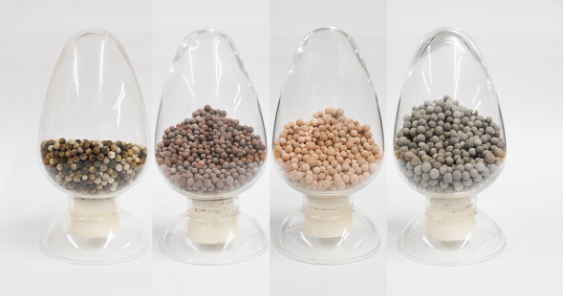
Sinokle's ozone catalyst series
The main components of the ozone catalyst include modified activated alumina as the carrier and rare earth elements (such as copper, manganese, cobalt, etc.) as the active ingredients. The selection and proportion of these elements are based on in-depth research and scientific practice, aiming to achieve the optimal catalytic effect.
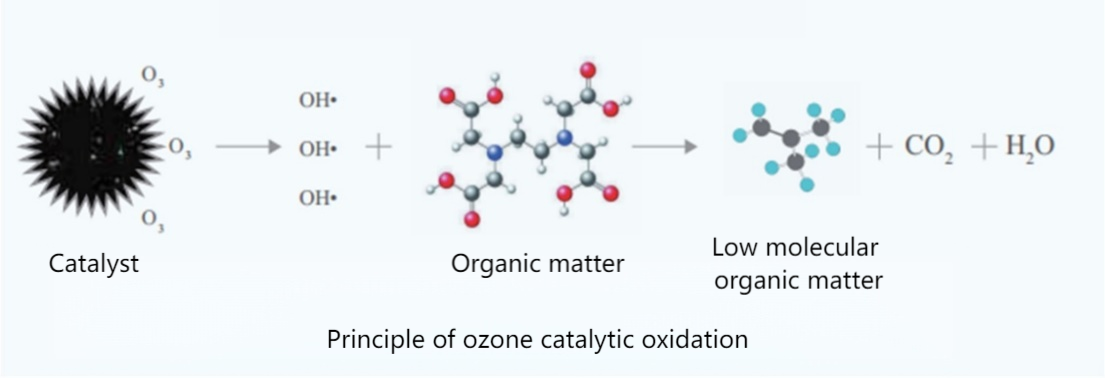
Modified activated alumina,serving as the carrier, exhibits excellent adsorption properties and stability. It can effectively support the active components and provide a favorable micro-environmental for catalytic reactions to occur. Its high porosity and good hydrophilicity enable ozone and organic substances to more readily access the active components, thereby accelerating the process of catalytic oxidation reactions.
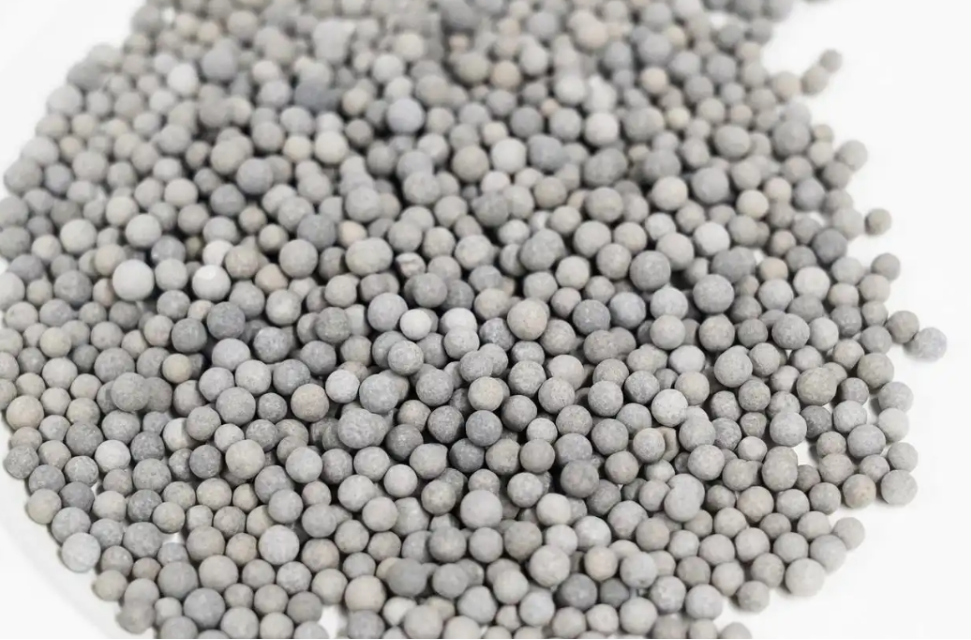
Silicon-aluminum-based ozone catalyst
Rare earth components (such as copper, manganese, cobalt, etc.) as active ingredients, play a crucial role in the ozone catalytic oxidation reaction. These rare earth elements possess unique electronic structures and chemical properties, enabling them to efficiently promote the decomposition of ozone molecules and the oxidation of organic substances. By interacting with ozone molecules and organic compounds, the acceleratez electron transfer and chemical bond cleavage, thereby achieving degradation of organic matter.
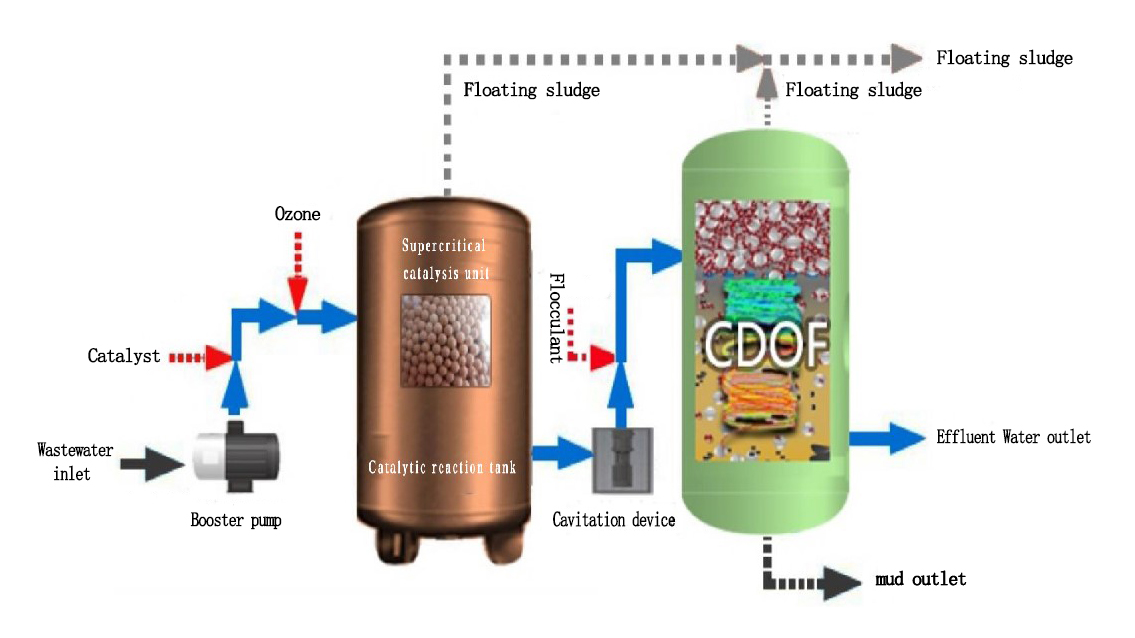
Principle of the CDOF
In addition to these primary components. Sinokle's research and development innovations for ozone catalysts also involve the organic integration of various active metal oxides, high-porosity microporous molding technology, hydrophilic modification technology, and anti-clogging techniques. The application of these technologies further enhances the performance and stability of ozone catalysts, making them more efficient and reliable in practical applications.
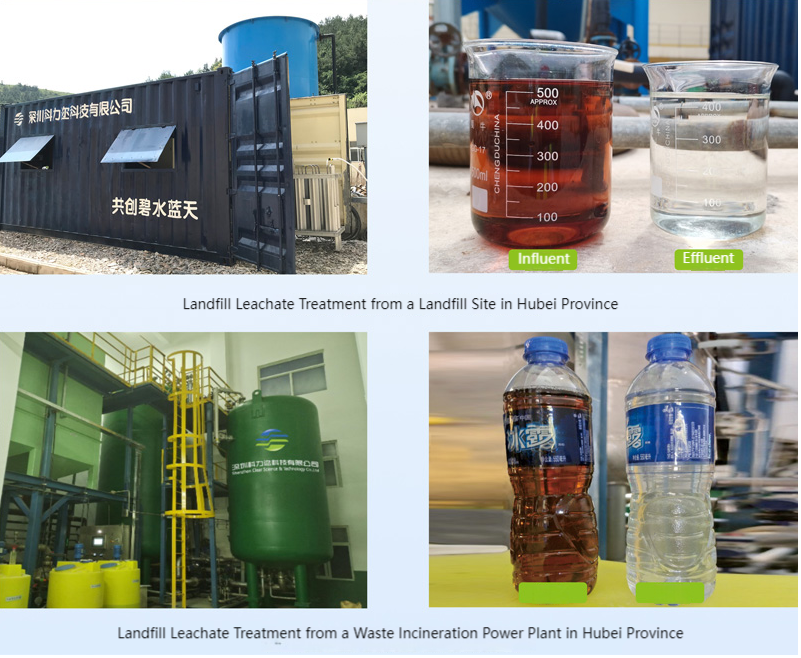
Application cases of ozone catalysts
In summary, the main components of ozone catalysts include modified activated alumina as the carrier and rare earth elements as the active ingredients. The selection and pro proportion of these components along with the application of various advanced technologies, collectively contribute to the highly efficient and stable catalytic performance of ozone catalysts. In the future of wastewater treatment, ozone catalysts will continue to play an irreplaceable role, making even greater contributions to environmental protection and sustainable development.
